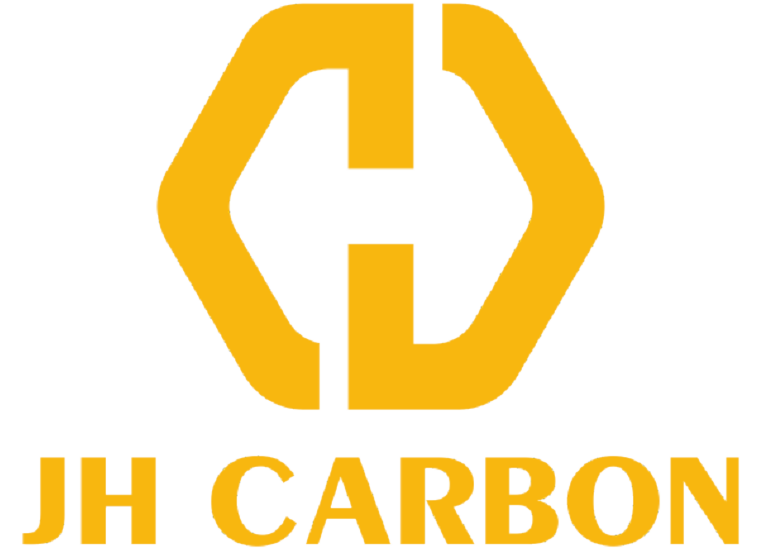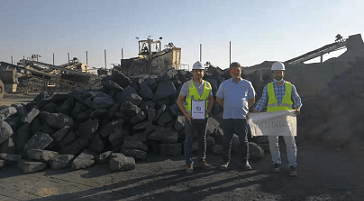The ash of carbon anode scrap is mainly from electrolyte (cryolite), some part of its ash is potassium salt and sodium salt, which are easy to dissolve in water.
Even the surface of carbon anode scrap is very clean, they re-dry again after being drenched or soaked by rain, there will be white residue on the surface, why is that?
Some sodium salts and potassium salts are dispersed in carbon anode scrap, after these carbon anode scrap drenched by water, those sodium salts and potassium salts inside carbon anode scrap would be dissolved in water, as carbon anode scrap dries, those dissolved sodium and potassium salt water migrates to the surface of carbon anode scrap and be evaporated, so white sodium and potassium salts remain on the surface of carbon anode scrap, thus there will be many white matter attachments showing on the surface, if we do sampling and test for its surface at this moment, the test result will be that the ash content increases significantly due to plenty of inorganic salt on its surface under such condition, however, such test result does not represent the actual ash content of carbon anode scrap, it only shows the accumulation of ash on the surface of carbon anode scrap, actually its overall ash content does not change.
If this is the case, there is no any problem when carbon anode scrap used as fuel, its total ash content does not increase actually, and its combustion in the furnace and the temperature generated are also no problem.
The increase in surface ash content of foundry coke and metallurgical coke is usually the same


